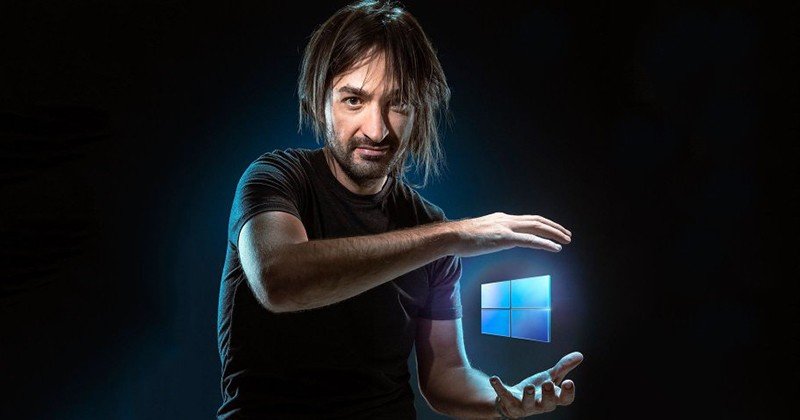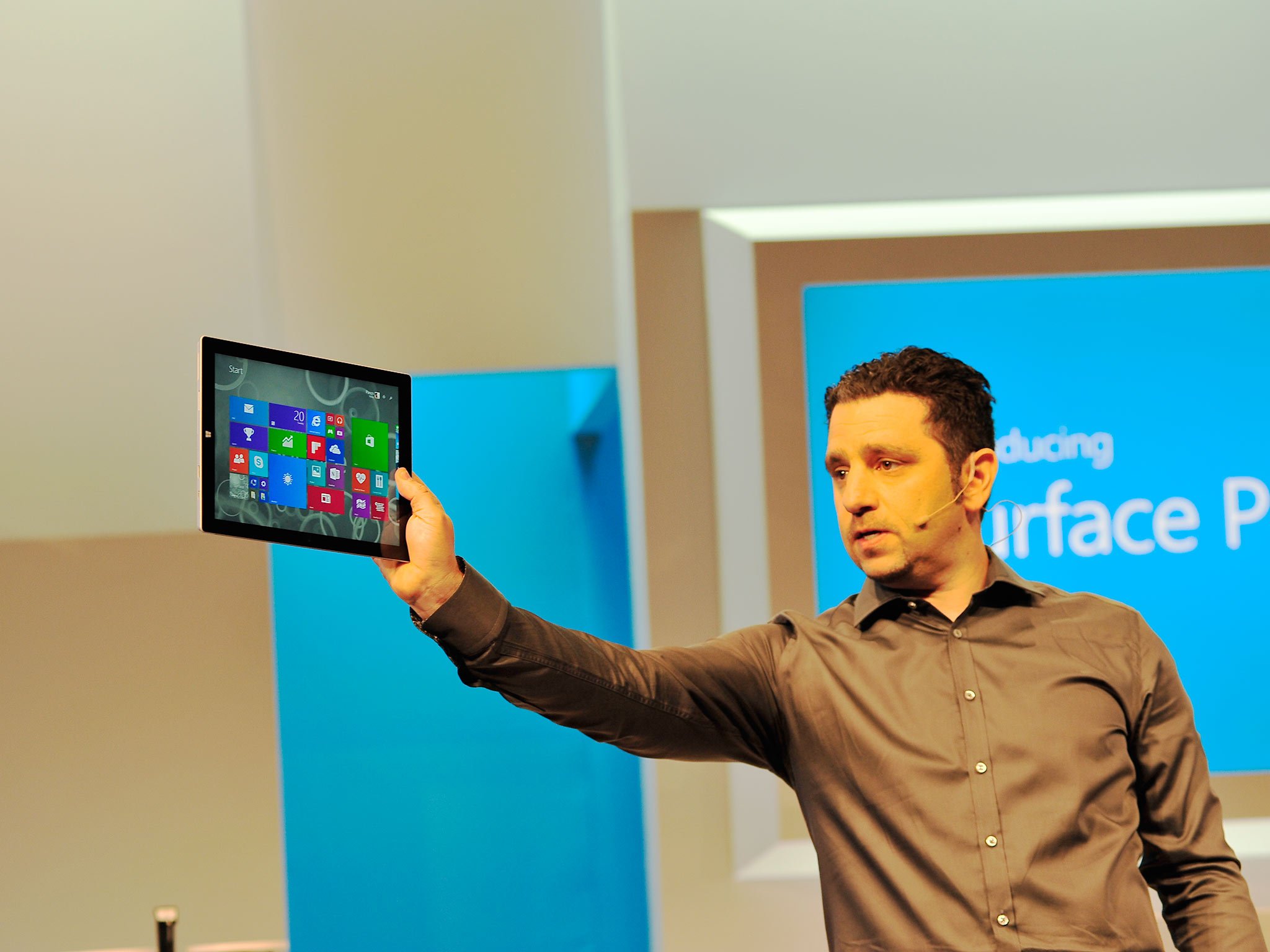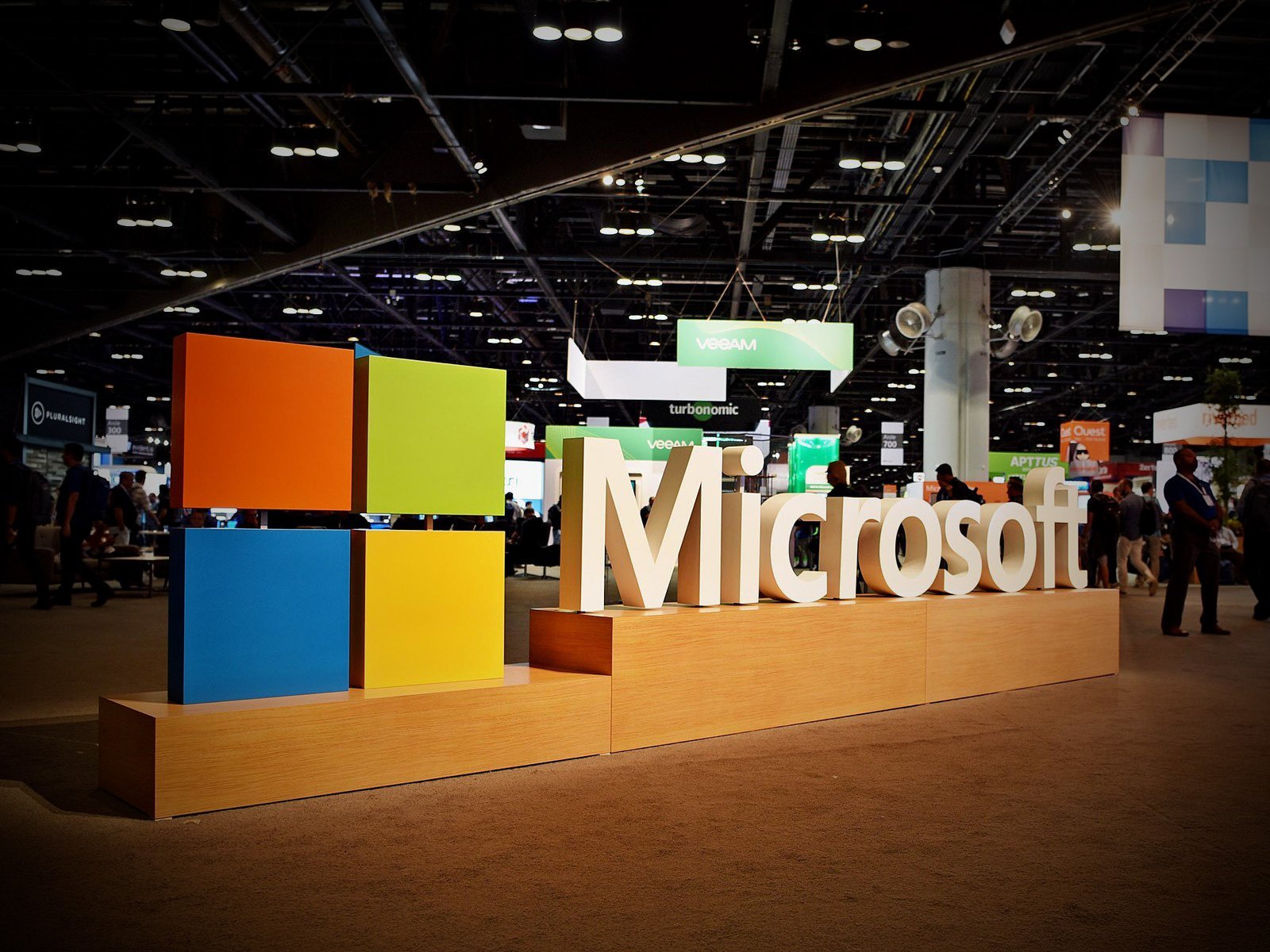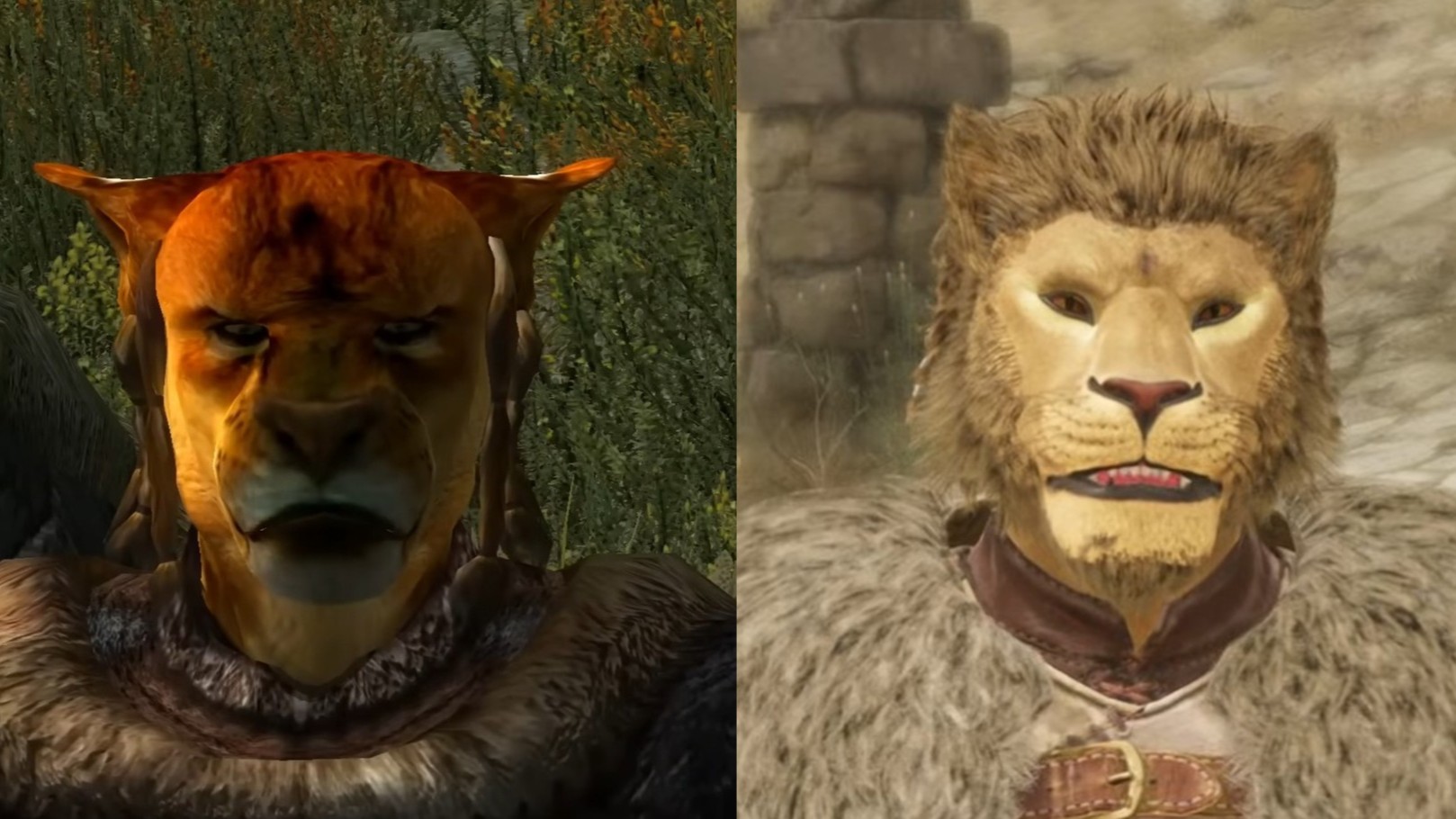Microsoft's HoloLens and Surface creators may be the company's secret weapons
Microsoft's Surface and HoloLens creators may be among the company's secret weapons in the war for dominance in personal computing.


Microsoft has been pivoting from a Windows PC-centric strategy for years. Consequently, it gained industry respect for its category-defining Surface hardware and innovative mixed reality wearable computer HoloLens.
Computing has evolved from a desktop-centric experience to a "transient" computing phenomenon where users' digital activity moves seamlessly with their context. That shifting context can be via the morphing forms of a 2-in-1 or the cloud-based facilitation of digital identities across devices. It can also be via the forward-looking mixed - augmented (AR) and virtual (VR) - reality platform that can mimic desktop and mobile computing as well as introduces imaginative holographic computing scenarios.
The introduction of smartphones, mobile broadband, app ecosystems, Chrome OS and Google's web-based productivity tools have put the once-dominant personal computing giant, Microsoft, on the defensive. Furthermore, Apple's aptitude for superior hardware and software synergy highlighted shortcomings in how Microsoft's OS and hardware worked together. Furthermore, since Microsoft missed smartphones, the "nexus" device that changed personal computing, it also missed (to some degree) technologies, like digital assistants, app ecosystems and more birthed by smartphones and which fuel modern "transient" computing.
To change its present fortunes Microsoft used Surface to solidify its PC foundations by modernizing the PC across various form factors. To secure its future, it embraced mixed reality and HoloLens, by reimagining computing in a form broad enough to encompass desktop and mobile scenarios while also being capable of new and imaginative uses. Cloud is the thread tying it all together. Thus, Surface creator Panos Panay, Hololens creator Alex Kipman and CEO and cloud champion Satya Nadella may be Microsoft's "secret weapons."
Panos Panay brings hardware to the surface
Microsoft isn't new to hardware. However, outside of certain peripherals and Xbox, many of Microsoft's hardware efforts failed. Window phone tops the list of devices most missed by enthusiasts. Consequently, Microsoft, a software company, was rarely seen as standard-setter for hardware. Conversely, Apple (which has seen its share of failed products) is known for its luxury pricing and hardware and software synergy.
In a mobile computing age where Windows is less central to computing, Microsoft needed to invigorate the PC market with high-end aspirational hardware that competed with Macs and MacBooks. This was no small task. The Surface team, led by Panos Panay was tasked with creating a device that would optimally showcase hardware and Windows synergy for OEM partners to emulate. The "tablet that could replace your laptop" with its removable keyboard and pen was born.
The first two iterations flopped resulting in a billion dollar loss. Panay persisted through failure and stressed during Surface Pro 3's presentation that collaboration with the OneNote team helped build the seamless synergy between OneNote, Surface Pro, and Surface Pen. This success highlights not only Panay's drive but also the importance of collaboration between Microsoft's divisions to make its hardware and software shine. Surface Pro successfully inspired OEM's to create a range of 2-in-1s that, for years, remained a growing PC segment while others declined.
Get the Windows Central Newsletter
All the latest news, reviews, and guides for Windows and Xbox diehards.
Surface which includes Surface Laptop, Studio, Pro, Go, Dial and Surface Headphones is now an industry-respected brand that Microsoft has positioned to birth new form factors in the years to come. Panay has emerged as a favorite among Microsoft enthusiasts for his accomplishments, passion and presentation style.
Alex Kipman mixes reality
Kipman is a visionary who envisions computing as immersive where users aren't confined to a screen. This notion is manifest in his early claim to fame, Microsoft Kinect. Though Kinect didn't become what he and Microsoft hoped, Kipman's vision for computing's future remains undeterred.
HoloLens, Kipman's tetherless, wearable computer, which was intended for gaming, helped push him onto Microsoft's broader stage after Nadella realized mixed reality's broader computing applications. Nadella aggressively set Microsoft's computing future (not unlike rivals Facebook, Apple, and Google) toward AR computing. Kipman notoriously claimed, "smartphones are already dead, and people just don't know it," referencing a "screenless" future.
As context for his bold claim, Kipman says to be visionary, you have to "shoot to be ten times better than anything else out there" and "by definition when shooting for ten times better people shouldn't understand you." He suggests the response "you're crazy" after sharing an idea is preferable to a more mundane "that's a good idea." Consequently, Kipman asserts, a person trying to communicate a visionary idea has to be good at telling stories. This is why he is increasingly at the forefront of Microsoft's mixed reality and HoloLens narrative. He's telling pieces of an ambitious story over time, supported with periodic technological advances in hopes that spoon-feeding consistent tidbits of the whole will ultimately be easier for the less visionary to digest.
Hololens 2, (technically version 3 since version 2 was scrapped in 2017 to position a 2019, rather than 2020 debut of versions 3's tech) is expected to debut at Mobile World Congress 2019.
Panay and Kipman, Microsoft's secret weapons

Panos Panay arguably made PCs relevant again for a company that relies heavily on Windows PC. Surface inspired creativity among hardware partners while the Windows team evolved the OS for context-conformity, inking, functioning as a hub for iOS and Android and more. Surface supports Microsoft's present and opened the door to innovative future form factors that Panay is expected to debut to drive Microsoft into the future.
HoloLens and mixed reality are achieving some success in the enterprise, education, government, and private sector. Still, it's expensive, and use cases, developer and general infrastructure are still too immature for a broad market launch. If mixed reality's story becomes the future, Kipman and Microsoft envision, Microsoft's years of investment, and first-mover position put the company at the forefront of that shift. And Kipman, the man some may have called crazy, will be there telling the story.
Related: These are Microsoft's three ambitious visions for mobile
Jason L Ward is a columnist at Windows Central. He provides unique big picture analysis of the complex world of Microsoft. Jason takes the small clues and gives you an insightful big picture perspective through storytelling that you won't find *anywhere* else. Seriously, this dude thinks outside the box. Follow him on Twitter at @JLTechWord. He's doing the "write" thing!

